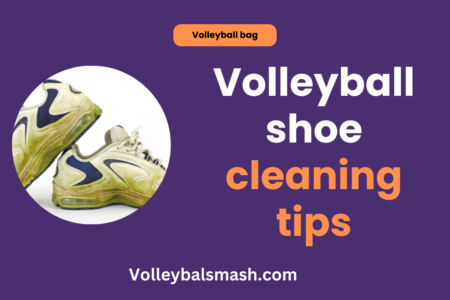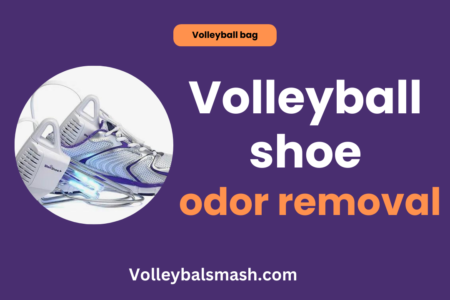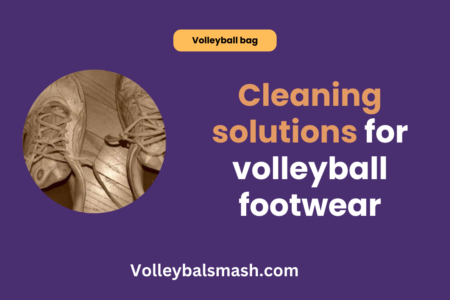Greetings, volleyball enthusiasts! Have you ever wondered how ParaVolley (sitting volleyball) is played on courts specifically designed for athletes with physical disabilities? In this blog post, we will explore the essential modifications made to Paralympic volleyball courts to ensure they are inclusive and safe for all athletes. From the size of the court to the design of the net and the type of surface used, we will take a closer look at the key adaptations that make Paralympic volleyball accessible and competitive for all participants.

Court Dimensions and Layout
Some modifications are made to Paralympic volleyball courts to ensure they are suitable for athletes with physical disabilities. The dimensions and layout of the court are adjusted to accommodate different needs and abilities. For more information on adaptive sports and sitting volleyball, you can visit Adaptive Sports: Sitting Volleyball.
Size Modifications for Paralympic Play
In Paralympic volleyball, the size of the court is adjusted to accommodate the specific needs of players with physical disabilities. The court may be smaller in size to provide a more manageable playing area, allowing for smoother movement and positioning. This modification ensures that it is not overwhelmingly challenging for athletes with physical limitations, allowing for a more inclusive and accessible playing experience.
Markings and Zoning Differences
The markings and zoning on Paralympic volleyball courts are modified to meet the needs of athletes with physical disabilities. Certain areas of the court may be designated for specific types of players, such as those who play in a sitting position. This ensures that players are able to position themselves effectively and participate fully in the game, without restrictions or limitations.
Net Adjustments
One of the key modifications for Paralympic volleyball courts is the net adjustments. The court size and height of the net for sitting volleyball are different from the traditional standing volleyball. You can find detailed information on net adjustments in the “Sitting Volleyball Rules” document here.
Height Regulations for Men’s and Women’s Teams
When it comes to the net height regulations for men’s and women’s teams in Paralympic volleyball, you need to ensure that the net is set at the correct height to maintain fairness and safety. The men’s net height is set at 1.15 meters, while the women’s net height is set at 1.05 meters. It is important to adhere to these regulations to ensure a level playing field for all athletes.
Net Tension and Material Specifications
Net tension and material specifications are crucial for ensuring the safety and fairness of the game. The net tension should be just right to prevent injuries and maintain the integrity of the game. Additionally, the material of the net should be of high quality to withstand the rigors of Paralympic volleyball. Ensuring proper net tension and high-quality material is essential for a safe and competitive game.
Surface and Flooring
To ensure the best playing conditions for Paralympic volleyball, the surface and flooring of the court are crucial factors. The right materials and texture are essential to enhance accessibility, mobility, and safety for the athletes.
Materials and Texture for Enhanced Accessibility
When it comes to the surface and flooring of Paralympic volleyball courts, the materials and texture play a critical role in ensuring enhanced accessibility. For athletes with mobility impairments, a smooth and even surface is essential for comfortable movement and maneuverability. The texture of the court should provide enough traction to prevent slips and falls, while also allowing for smooth ball movement. You want to look for a surface that is both durable and resilient, capable of withstanding the impact of wheelchair movements and maintaining its integrity over time. The right combination of materials and texture can significantly improve the overall experience for both athletes and spectators.
Maintenance and Safety Features
When it comes to maintaining the surface and flooring of Paralympic volleyball courts, it is crucial to prioritize safety features. Regular inspection and maintenance of the court surface are essential to identify and address any potential hazards. You want to ensure that the surface remains even, free of any cracks or irregularities that could pose a risk to the athletes. Additionally, incorporating safety features such as padding around the court perimeter can provide an extra layer of protection. You must also ensure that the surface provides the right amount of shock absorption to minimize the risk of injuries from falls. Your attention to maintenance and safety features will contribute to a secure and enjoyable playing environment for all athletes.
Equipment and Accessories
After the modifications to the court itself, the equipment and accessories used in Paralympic volleyball are also specially designed to accommodate the needs of athletes with disabilities. These modifications are crucial in ensuring that the game is accessible and safe for all players regardless of their physical abilities.
Specialized Volleyballs for Paralympic Use
When it comes to Paralympic volleyball, the type of ball used is of utmost importance. The standard volleyball used in the Paralympics is larger and lighter than the traditional volleyball, making it easier to see and control for athletes with disabilities. The adjustments in size and weight allow for improved handling and performance, ensuring that all players can fully participate in the game.
Other Essential Accessories and Modifications
In addition to the specialized volleyball, there are other essential accessories and modifications that make Paralympic volleyball courts accessible for all players. These include support poles and nets that can be adjusted to accommodate players in sitting or standing positions. **The presence of these features improves safety and allows for fair play, ensuring that all athletes have an equal opportunity to compete.** Additionally, tactile lines on the court can help players with visual impairments to orient themselves on the playing surface. **These modifications play a critical role in creating an inclusive and competitive environment for Paralympic volleyball athletes.**
Conclusion
Conclusively, the modifications for Paralympic volleyball courts are essential in creating a level playing field for athletes with physical disabilities. These modifications include a smaller playing area, lower net heights, and a smaller team size to accommodate the unique needs of Paralympic volleyball players. These adjustments ensure that individuals with disabilities are able to compete at the highest level and showcase their skills in the sport of volleyball. Understanding these modifications is crucial in appreciating the inclusive nature of Paralympic sports and the dedication of the athletes who participate in them.
FAQ
What modifications are there for Paralympic volleyball courts?
Paralympic volleyball courts have several modifications to accommodate athletes with disabilities. These modifications include a smaller court size, modified net height, and additional boundary lines. These adjustments are made to ensure that all players can fully participate in the game while still adhering to the rules and regulations of traditional volleyball.
How is the court size modified for Paralympic volleyball?
The court size for Paralympic volleyball is reduced in order to improve the mobility and coverage for athletes with disabilities. The standard court size is 18m x 9m, whereas the Paralympic court size is 10m x 6m. This smaller court size allows for more efficient movement and positioning for all players, creating a more inclusive and fair playing field.
What are the adjusted net height and boundary lines for Paralympic volleyball courts?
The net height for Paralympic volleyball is adjusted to accommodate athletes with different levels of impairments. For sitting volleyball, the net height is lowered to 1.15m for men and 1.05m for women, as opposed to the standard net height of 2.43m for men and 2.24m for women in standing volleyball. Additionally, there are additional boundary lines for sitting volleyball to ensure that players can effectively navigate the court within the limitations of their disabilities.



